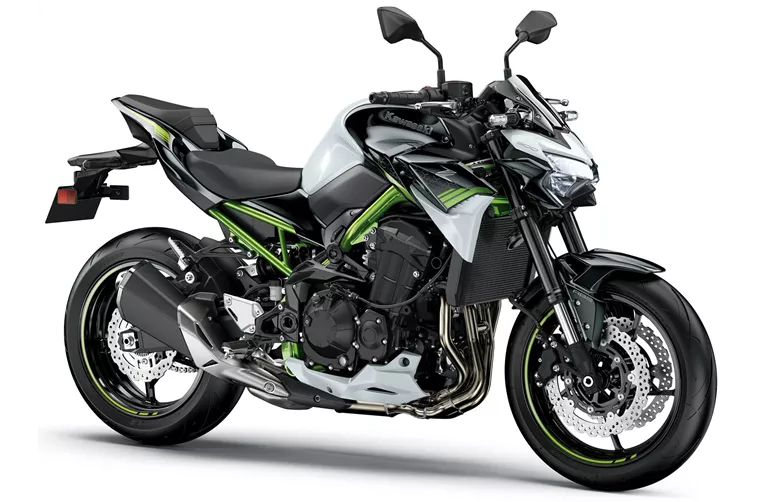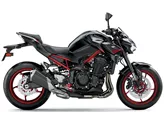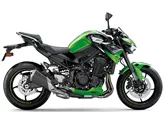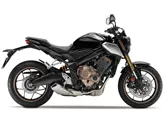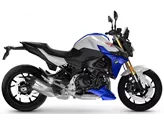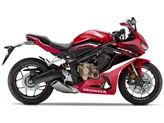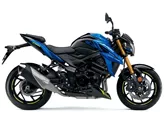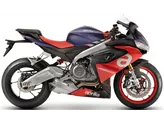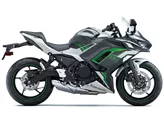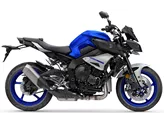Kawasaki Z 800 2013 vs. Kawasaki Z900 2020
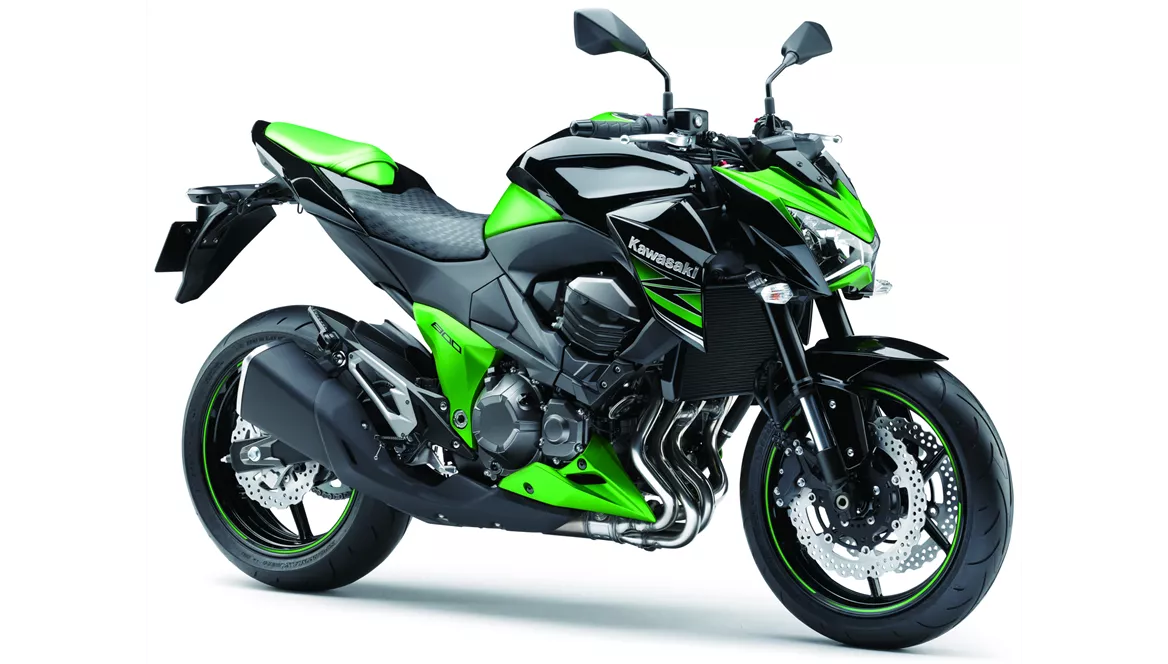
Kawasaki Z 800 2013

Kawasaki Z900 2020
Visão geral - Kawasaki Z 800 2013 vs Kawasaki Z900 2020
The Kawasaki Z 800 model year 2013 and the Kawasaki Z900 model year 2020 are both naked bikes from Kawasaki, known for their powerful performance and aggressive styling.
Starting with the Kawasaki Z 800 2013, it is equipped with an inline 4-cylinder engine that produces 113 horsepower and 83 Nm of torque. The liquid-cooled engine has a displacement of 806cc, providing strong acceleration and confident power delivery. The bike features a steel frame with a double cradle design, offering stability and durability. The front suspension consists of a telescopic upside-down fork with rebound adjustment, while the rear suspension also has rebound adjustment. This setup allows for a comfortable and controlled ride. The braking system includes dual disc brakes with four-piston calipers, providing powerful and reliable stopping power. The bike has a 120mm wide front tire and a 180mm wide rear tire, both with a 17-inch diameter. The wheelbase measures 1445mm, and the seat height is 834mm. One weakness of the Z 800 2013 is the limited legroom, which may restrict the rider's freedom of movement.
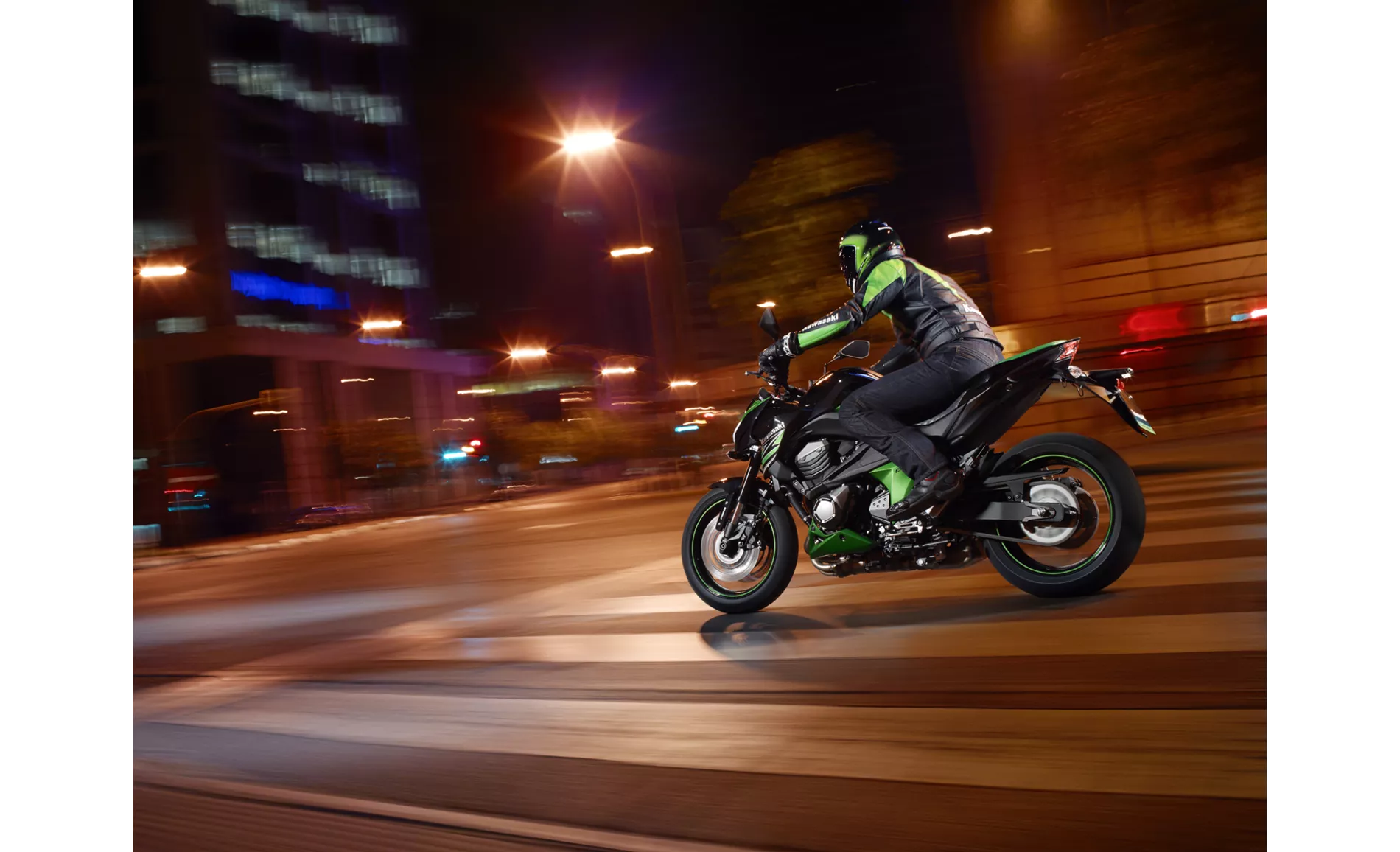
Kawasaki Z 800 2013
Moving on to the Kawasaki Z900 2020, it features an inline 4-cylinder engine that delivers 125.4 horsepower and 98.6 Nm of torque. The liquid-cooled engine has a displacement of 948cc, providing even more power and performance compared to the Z 800. The bike shares the same steel frame with a double cradle design, ensuring stability and strength. The front suspension consists of a telescopic upside-down fork with preload and rebound adjustment, while the rear suspension also has preload and rebound adjustment. This allows for precise tuning and customization of the suspension settings. The braking system remains the same as the Z 800, with dual disc brakes and four-piston calipers. The Z900 has the same tire dimensions as the Z 800, with a 120mm wide front tire and a 180mm wide rear tire, both with a 17-inch diameter. The wheelbase is slightly longer at 1450mm, and the seat height is lower at 795mm. One weakness of the Z900 is the slightly tedious menu navigation and the lack of a quickshifter option.
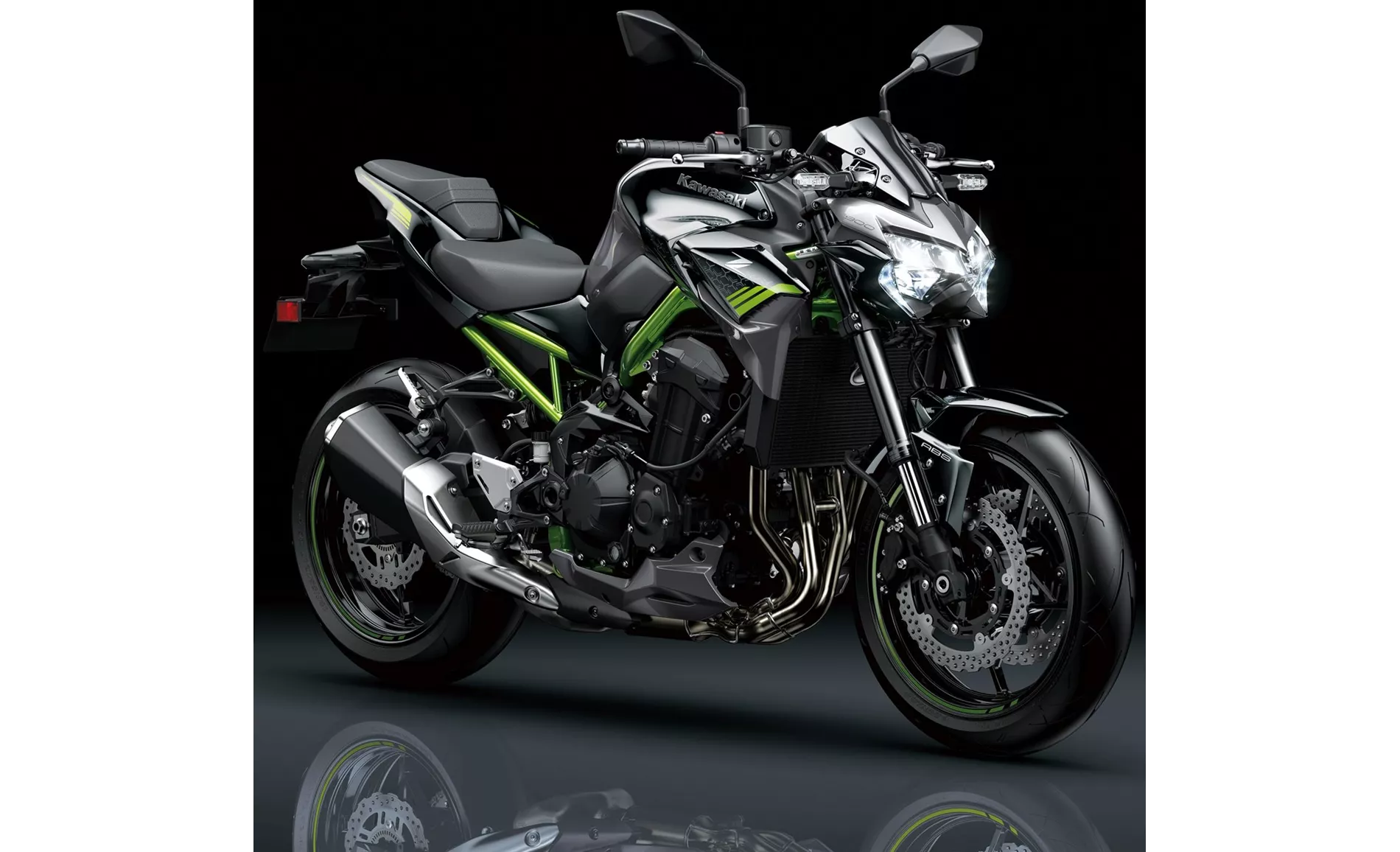
Kawasaki Z900 2020
In terms of strengths, the Kawasaki Z 800 2013 has an attractive and robust appearance, confident acceleration, relaxed geometry for comfortable riding, and powerful brakes. On the other hand, the Kawasaki Z900 2020 boasts a powerful four-cylinder engine, excellent handling, good equipment, aggressive styling, and a good value for money proposition.
In conclusion, while both the Kawasaki Z 800 2013 and the Kawasaki Z900 2020 are powerful naked bikes from Kawasaki, the Z900 offers more power, improved handling, and additional features compared to the Z 800. However, the Z 800 still holds its own with its attractive design and strong performance.
Especificações técnicas Kawasaki Z 800 2013 em comparação com Kawasaki Z900 2020
Prós e contras em comparação
Prós e contras em comparação
Kawasaki Z 800 2013

No geral, a Z800 teve um desempenho sensacional. Considerando o facto de que nada foi alterado ou optimizado no veículo para além do silenciador traseiro Remus, o resultado final foi excelente.
Kawasaki Z900 2020
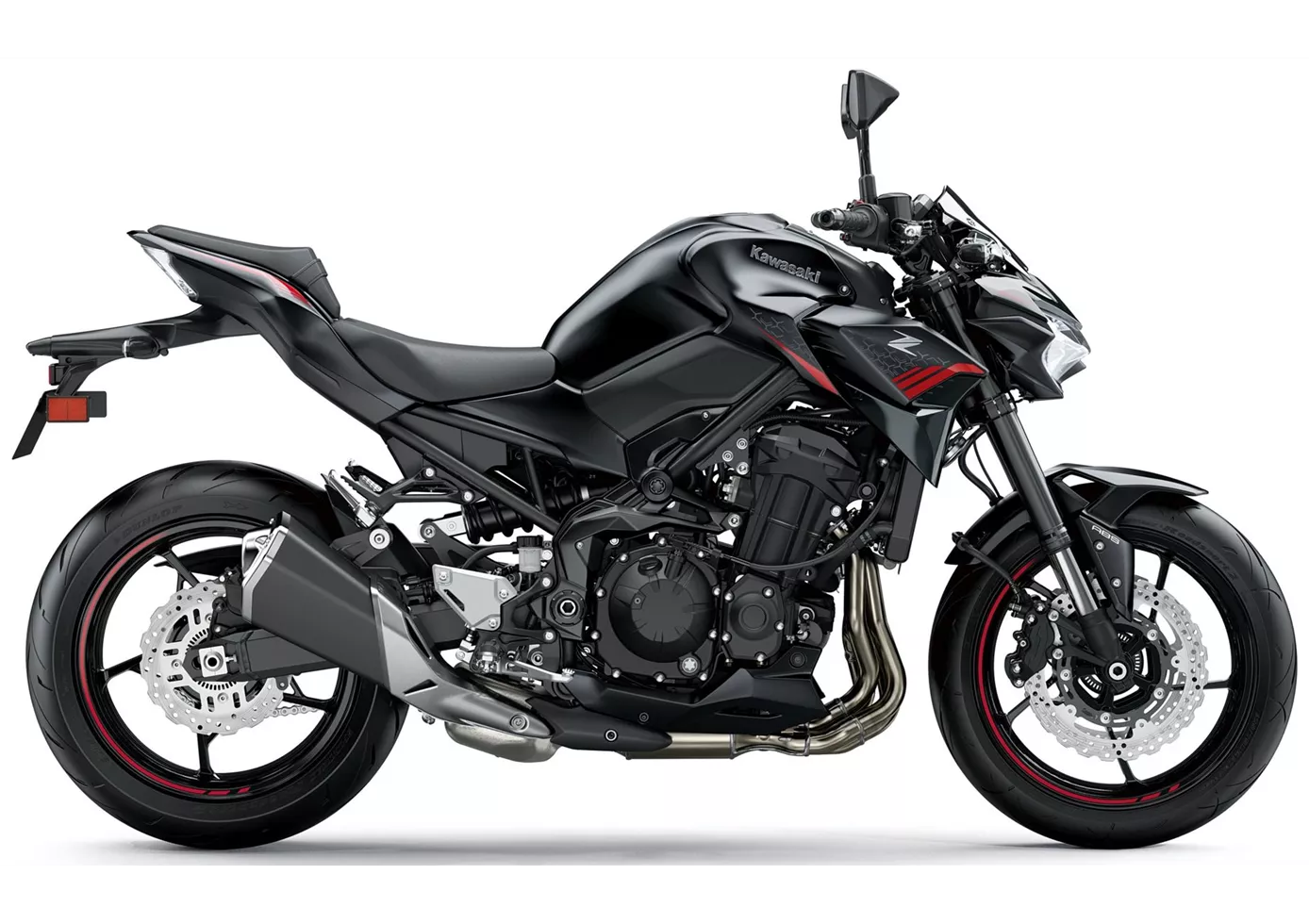
Em termos de preço-desempenho, a Kawasaki Z900 é difícil de bater neste momento. Com o motor perfeitamente afinado, os componentes do quadro de alta qualidade e a eletrónica adicionada para 2020, esta moto naked oferece tudo o que os condutores desportivos procuram. Não há realmente nada a reclamar, mesmo que a opção de uma alavanca de mudanças rápidas tivesse sido um bom extra. Para além disso: grande tiro, Kawasaki!
Comparação de preços Preço médio de mercado Kawasaki Z 800 vs Kawasaki Z900
There are a few key differences between a Kawasaki Z 800 2013 and a Kawasaki Z900 2020. In terms of price, the actual average price of a Kawasaki Z900 2020 is about 33% higher. Compared to Kawasaki Z900 2020 there are less Kawasaki Z 800 2013 bikes available on the 1000PS.de Marketplace, specifically 7 compared to 34. It takes less time to sell a Kawasaki Z 800 with 56 days compared to 124 days for a Kawasaki Z900. Since model year 2013 1000PS.de editors have written 11 reviews for the Kawasaki Z 800 and 46 reviews for the Kawasaki Z900 since model year 2017. The first review for the Kawasaki Z 800 was published on 06/09/2012 and now has more than 8.100 views. This compares to more than 93.200 views for the first review on Kawasaki Z900 published on 11/11/2016.

